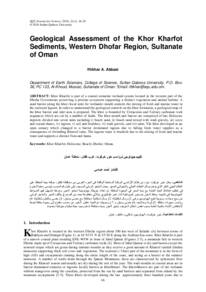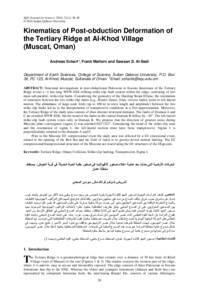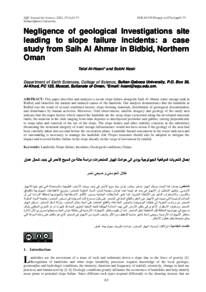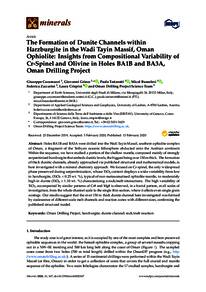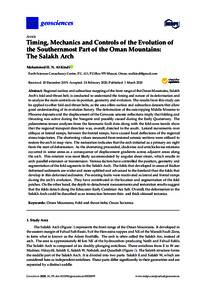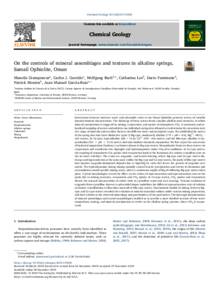Document
Geology of the onshore Makran accretionary wedge : synthesis and tectonic interpretation.
Identifier
DOI: 10.1016/j.earscirev.2018.09.011
Source
Earth-Science Reviews. v. 185, p. 1210-1231
Country
Netherlands.
Publisher
Elsevier B. V.
Gregorian
2018-10-01
Language
English
English abstract
This contribution is a synthesis of studies carried out since 2004 in the Makran accretionary wedge exposed in SE Iran. These studies were intended to improve our understanding of the behaviour of accretionary wedges and of the significance of the Makran wedge in the frame of Tethys tectonics. Reassessing the stratigraphy and structure of the Iranian Makran has allowed distinguishing four main litho-tectonic units. The lithological content of these four units is briefly described to discuss the sedimentary environments, which record the general filling of an oceanic basin with clastic sediments derived from the north. The petrology of ophiolites, exposed in the backstop region to the north of the accretionary wedge itself, demonstrates the existence of an oceanic basin formed in the Jurassic-Late Cretaceous to the north of continental slivers, which had separated from Central Iran. There is petrological evidence for a subduction-related magmatic arc during the Late Cretaceous, which sourced much of the clastic material in the Cretaceous-Lower Miocene turbidites present throughout the wedge. The literature survey shows that the Late Cretaceous to Present evolution of the Pakistan part of the Makran fold-and-trust belt is in its major attributes similar to that of the Iranian Makran. These observations and results are discussed in a tectonic model that integrates knowledge on the Oman Mountains, on the other side of the current Oman subduction.
ISSN
0012-8252
Category
Journal articles

